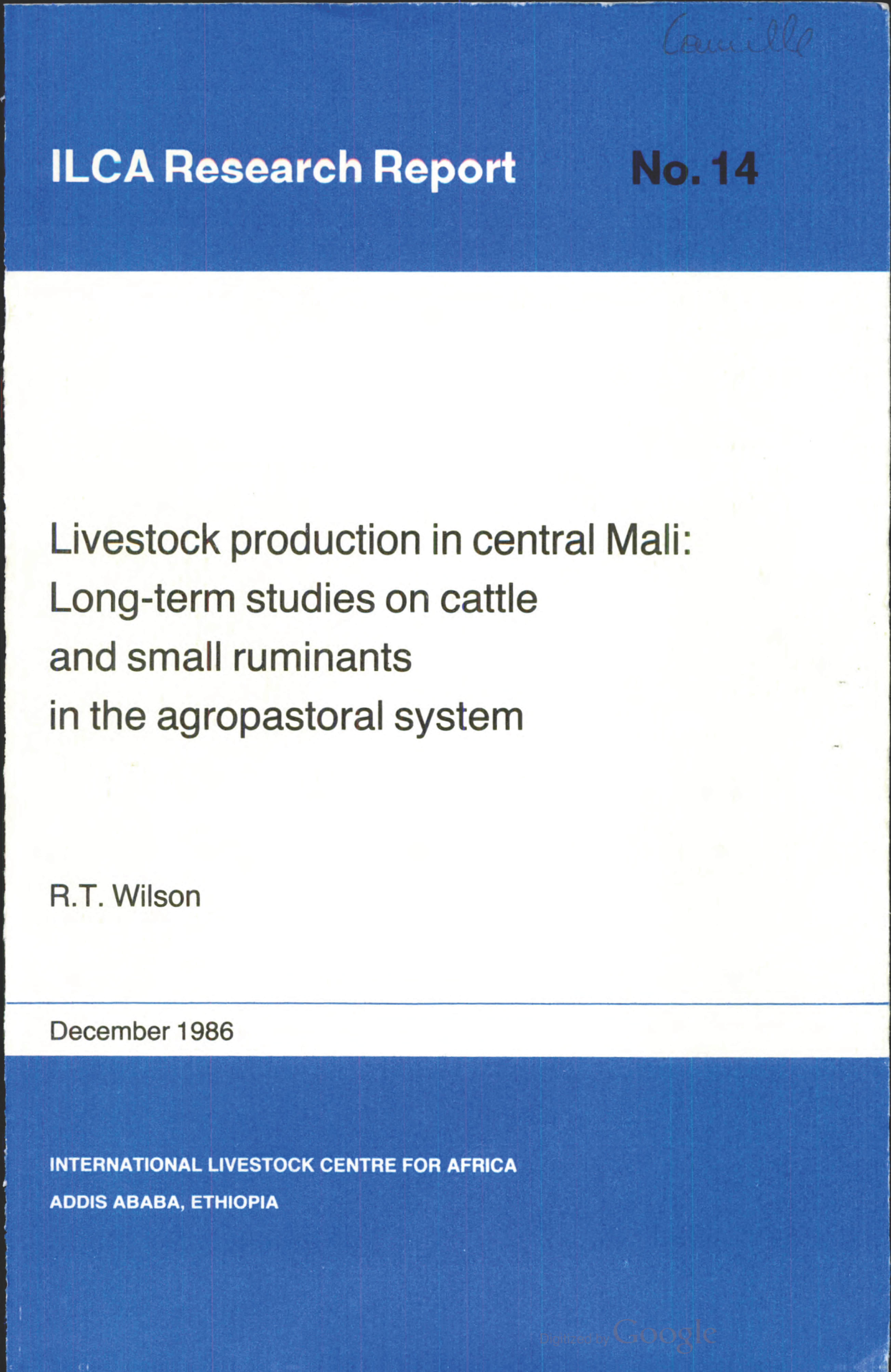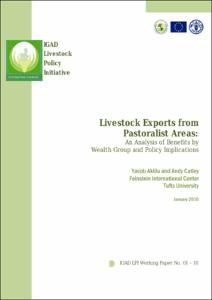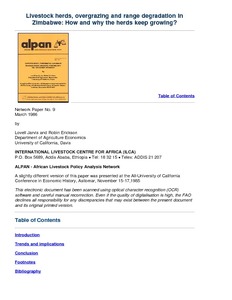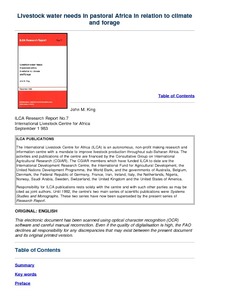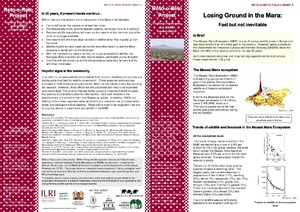Les activities culturales dans le systeme agropastoral peul du Nigeria central
Examines the extent and methods of crop production in the Fulani agropastoral system in central Nigeria by analyzing cropping patterns, management techniques employed, and inputs to cropping such as labour, draught power & fertilizers, and output in terms of grain yield, energy and crop residues.


